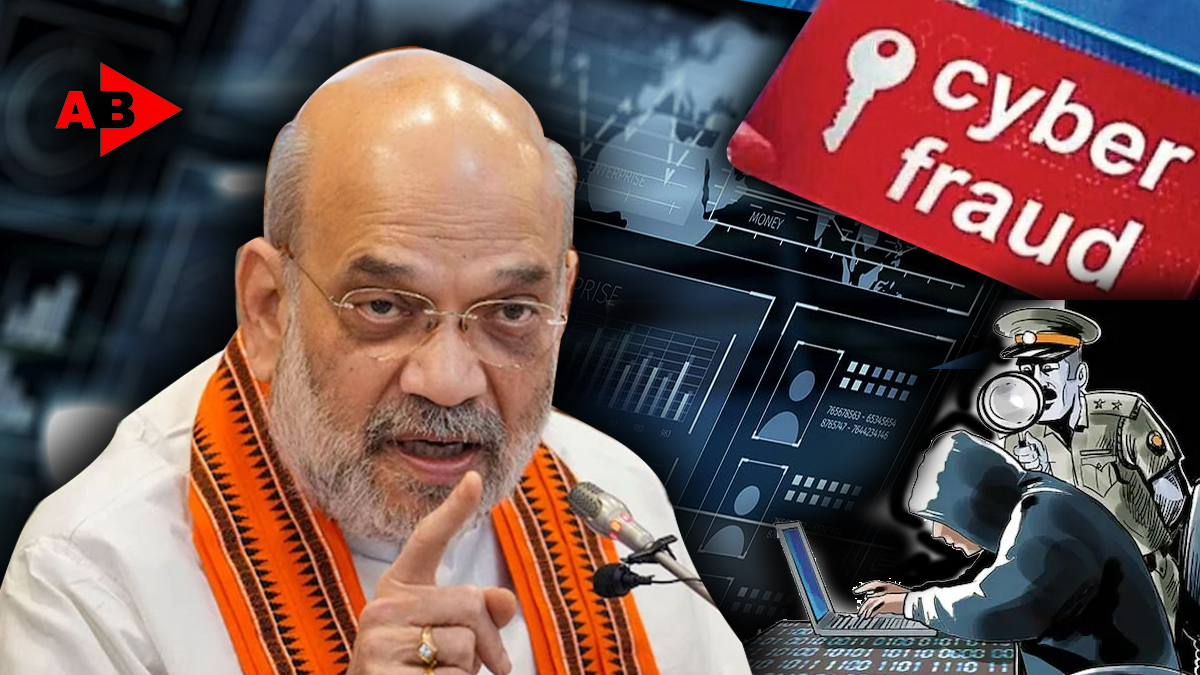
by Jotirmoy Roy
The deployment of UK-made Storm Shadow missiles by Ukraine into Russian territory marks a critical escalation in the ongoing war. Following closely on the heels of long-range US missile strikes, these actions highlight the evolving strategies in Ukraine’s resistance to Russian advances, raising geopolitical tensions with global implications.
A Bold Military Move
The use of Storm Shadow missiles, long-range precision-guided weapons supplied by the UK, signals Ukraine’s growing reliance on Western technology to counter Russian dominance. Reports of 14 explosions in Russia’s Kursk region, accompanied by missile fragments found in the area, underscore the potency of these strikes. These developments reflect a significant shift in Kyiv’s approach, now targeting areas beyond its borders to disrupt Russian military operations and logistics.
NATO’s Role and Russian Response
The involvement of NATO countries, particularly the UK and the US, in arming Ukraine has provoked sharp criticism from Russia. Sergei Naryshkin, Russia’s foreign intelligence chief, has warned that Moscow will retaliate against NATO nations facilitating long-range missile attacks.
The situation has been further exacerbated by Russia’s decision to lower its nuclear strike threshold, suggesting a heightened willingness to escalate the conflict in response to conventional attacks on its territory. This move has alarmed Western nations and prompted calls for restraint from China, reflecting broader international unease.
Strategic Calculations of the West
The Biden administration’s military aid, including the authorization of antipersonnel landmines and a $275 million package for Ukraine, reflects an effort to bolster Kyiv’s position ahead of potential peace talks. By enabling Ukraine to slow Russian advances in the east, the US aims to strengthen its ally’s leverage in future negotiations.
However, this strategy is not without risks. The impending shift in US leadership, with President-elect Donald Trump, who has expressed skepticism about continued military aid to Ukraine, adds uncertainty to the Western response.
Geopolitical Repercussions
The escalating conflict has several broader implications:
- Global Security Concerns
The possibility of Russia responding with nuclear or other asymmetric measures poses a significant threat to global security. NATO’s involvement risks drawing the alliance deeper into the conflict, potentially leading to a larger confrontation. - Shifts in Alliance Dynamics
The active participation of the UK and the US contrasts with the more cautious stance of other NATO members, highlighting divisions within the alliance. Additionally, countries like China and North Korea are closely monitoring the situation, potentially recalibrating their policies in light of Western actions. - Impact on Ukraine’s Future
The infusion of advanced weaponry has bolstered Ukraine’s immediate military capabilities. However, sustained dependence on Western support and the potential loss of aid with Trump’s presidency could weaken Ukraine’s long-term strategic position.
Local and International Fallout
The situation has heightened tensions in Kursk and other Russian border regions, with residents reporting increased military activity and fears of further Ukrainian strikes. Meanwhile, Kyiv faces challenges in managing domestic morale, as evidenced by recent changes in military mobilization rules and efforts to address societal pressure.
On the diplomatic front, Putin’s openness to ceasefire discussions with Trump highlights the Kremlin’s acknowledgment of shifting dynamics but also its unwillingness to concede key demands, such as Ukraine’s NATO ambitions and the deployment of Western weapons.
Conclusion: A Conflict at a Crossroads
The use of Storm Shadow missiles represents a pivotal moment in the Russia-Ukraine war, underscoring the intensifying involvement of Western powers and the growing complexity of the conflict. As both sides recalibrate their strategies, the potential for broader escalation looms large.
To prevent further destabilization, global actors must prioritize dialogue and restraint. For Ukraine, balancing military resistance with diplomatic engagement remains crucial to safeguarding its sovereignty and securing a peaceful resolution. For the international community, the focus should remain on de-escalation, ensuring the conflict does not spiral into a larger geopolitical crisis.


